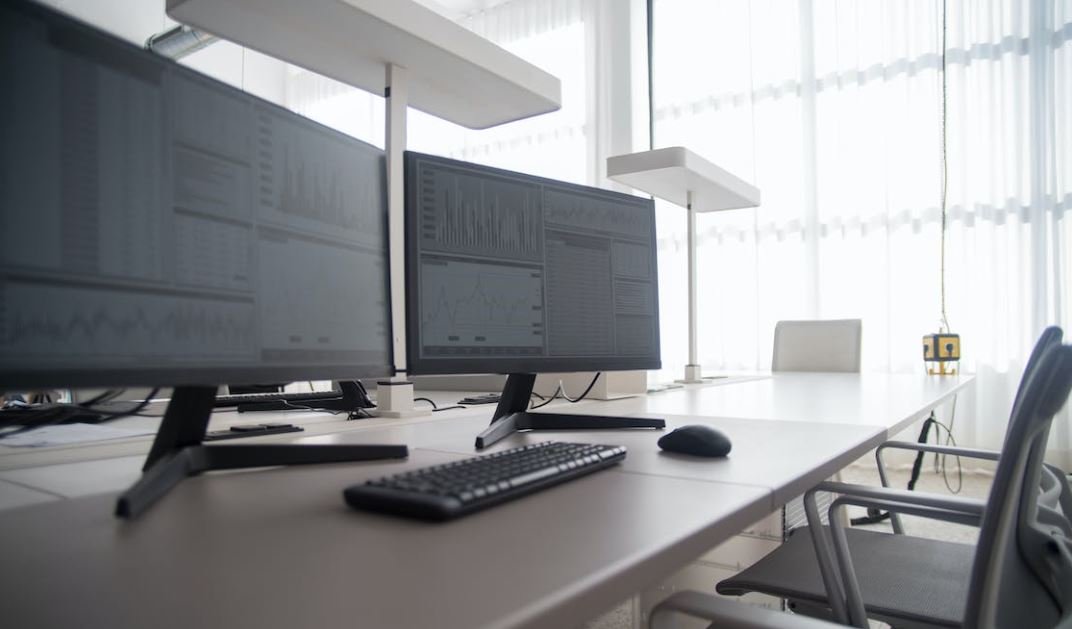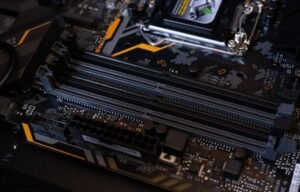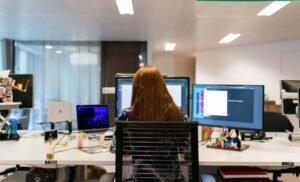Generative Art Blender
Generative art is an exciting form of digital art where algorithms are used to create unique and ever-changing artworks. Blender, a popular open-source 3D computer graphics software, provides artists with a powerful platform to unleash their creativity and produce stunning generative art pieces. Whether you are an experienced artist or just starting out, Blender offers a wide range of tools and features to experiment with and bring your artistic vision to life.
Key Takeaways
- Generative art is created using algorithms and computer software.
- Blender is a versatile tool for creating generative art.
- Blender offers a range of features and tools to unleash your creativity.
- Generative art in Blender allows for unique and ever-changing artworks.
Getting Started with Blender
If you’re new to Blender, the first step is to download and install the software from the official Blender website. Once installed, familiarize yourself with the user interface and basic navigation controls. *Blender’s intuitive interface makes it easy to start creating art right away.
Exploring the Generative Art Workflow
Generative art in Blender follows a workflow that involves creating or modifying algorithms, defining parameters, and rendering the final output. *Blender’s flexible node-based system gives you the freedom to experiment with different algorithms and adjust parameters in real-time to achieve desired results.* By combining mathematical functions, textures, particles, and simulations, you can create intricate and visually captivating generative art.
Table of Generative Art Techniques
| Technique | Description |
|---|---|
| Fractals | Using mathematical algorithms to create self-repeating patterns with infinite detail. |
| Procedural Textures | Generating textures based on mathematical formulas or random noise. |
| Particle Systems | Simulating the behavior of particles to create dynamic and organic effects. |
Advanced Techniques and Resources
As you gain more experience with generative art in Blender, you can delve into advanced techniques such as using scripting languages like Python to automate repetitive tasks or create complex algorithms. Additionally, there are various online communities, forums, and tutorials available to support your learning and inspire new ideas. *The Blender Artists community is a fantastic resource to connect with other generative artists and exchange knowledge and techniques.*
Table of Popular Generative Art Communities
| Community | Description |
|---|---|
| Blender Artists | An online forum where artists share their work, get feedback, and discuss techniques. |
| Reddit r/GenerativeArt | A subreddit dedicated to sharing and appreciating generative art from various platforms and software. |
| Processing Community | An active community centered around the Processing software for generative art and creative coding. |
Embracing the Unpredictability
One of the fascinating aspects of generative art is its inherent unpredictability. *Through random seed values or evolving variables, generative art in Blender can produce unique results each time you run the algorithm.* Embrace the concept of experimentation and exploration, allowing the unexpected to take you on creative journeys you may never have imagined.
Pushing the Boundaries of Creativity
Generative art in Blender offers a limitless playground for artists to push the boundaries of their creativity. With its extensive features, a rich ecosystem of plugins, and a supportive community, Blender provides a nurturing environment for artists to explore new ideas and concepts. *Unlock the potential of generative art in Blender and let your imagination soar to new heights.*
Table of Advantages of Generative Art in Blender
| Advantage | Description |
|---|---|
| Endless Creativity | Generate infinite variations of artwork without repeating the same design. |
| Flexible Workflow | Experiment and iterate quickly with real-time adjustments to algorithms and parameters. |
| Community Support | Engage with a passionate community of generative artists for inspiration and knowledge exchange. |
Generative art in Blender represents a merging of technology, mathematics, and artistic expression. As the field of generative art continues to evolve, Blender remains at the forefront, empowering artists to create breathtaking and ever-evolving digital artworks. So, what are you waiting for? *Dive into the world of generative art in Blender and let your creativity thrive.*
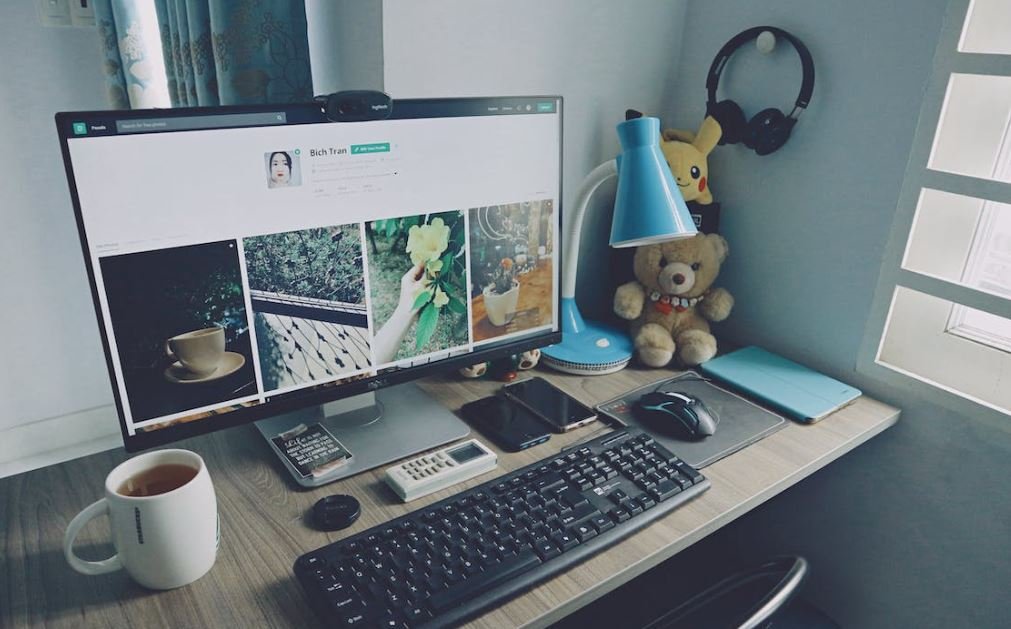
Common Misconceptions
Misconception 1: Generative art is purely random
One common misconception about generative art made with Blender is that it is completely random and lacks artistic intent. While it is true that generative art is created by algorithms and often involves an element of randomness, artists still have a great deal of control and creative input in the process.
- Generative art created with Blender can be guided by rules and parameters set by the artist.
- Artists can manipulate and adjust the algorithm to achieve desired visual results.
- The random elements introduced in generative art can be seen as tools for exploration and surprise, rather than a lack of intention.
Misconception 2: Generative art is not truly artistic
Another misconception is that generative art created with Blender is not considered a true form of art. Some may believe that it is merely the result of computer-generated calculations, devoid of personal expression or creativity. However, generative artists often spend significant time honing their skills and experimenting with different techniques to create unique and visually compelling artwork.
- Generative artists using Blender have to make aesthetic choices and decisions throughout the creative process.
- Their artwork can evoke emotions, convey messages, and reflect their personal styles, just like any other form of art.
- Generative art can challenge traditional notions of authorship and creative control, blurring the lines between the artist and the algorithm.
Misconception 3: Generative art is only for experienced programmers
Many people believe that creating generative art with Blender requires strong programming skills, and is therefore inaccessible to those without a technical background. While programming knowledge can certainly be an asset in generative art creation, especially for more complex projects, it is not a prerequisite. Blender offers a range of user-friendly tools and interfaces that allow artists with varying levels of technical expertise to explore generative art.
- Blender provides a visual node-based interface for creating complex generative art without writing code.
- Artists can use pre-built generative modules and scripts available within the Blender community.
- There are plenty of resources, tutorials, and communities online that support and guide artists interested in creating generative art with Blender.
Misconception 4: Generative art cannot be considered “real” art due to its digital nature
Some individuals may question the legitimacy of generative art made with Blender because it exists solely in the digital realm. They believe that traditional mediums such as painting or sculpture hold more value and authenticity. However, generative art has emerged as a vibrant and valid form of expression within the contemporary art scene.
- Generative art can be printed and exhibited as physical works, just like traditional art forms.
- It opens up new possibilities for interactive and animated experiences, pushing the boundaries of traditional mediums.
- Generative art challenges the notion of physicality and explores the potential of digital technologies in art creation.
Misconception 5: Generative art lacks originality because it relies on algorithms
There is a misconception that generative art created using algorithms is inherently derivative and lacks originality. While algorithms provide the structure and framework for generative art, artists bring their own unique vision, creativity, and input to the process, resulting in diverse and original artworks.
- Artists can modify and customize algorithms to generate unexpected and unique visual outcomes.
- Generative art encourages experimentation and exploration, leading to the discovery of novel artistic ideas.
- The combination of the artist’s intent and algorithmic processes can result in entirely new aesthetic experiences.
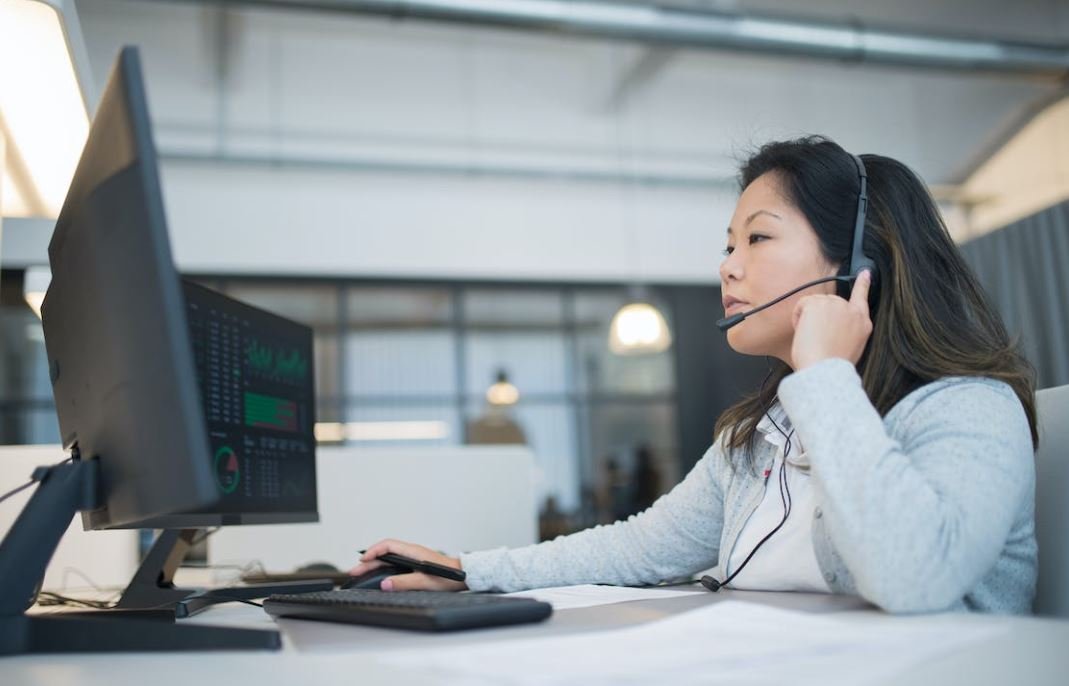
Generative Art in Blender
Generative art is a form of art that is created using algorithms, computer programs, or other autonomous systems. It involves the use of processes or rules to generate artwork that is unique and unpredictable. Blender, a 3D computer graphics software, has become a popular tool for creating generative art due to its powerful features and flexibility. In this article, we explore various elements of generative art created in Blender and showcase their captivating results.
1. Symmetrical Patterns
Symmetry is a fundamental element of generative art, as it creates visually pleasing patterns that appear balanced and harmonious. In Blender, artists can use mathematical formulas to create complex symmetrical patterns that mesmerize the viewers. These patterns can be further enhanced by adding colors, textures, or animations to make them more dynamic and captivating.
2. Fractal Landscapes
Fractals are a captivating subject of generative art. In Blender, artists can generate stunning fractal landscapes by using mathematical equations such as the Mandelbrot set. By applying this equation to the coordinates of a 3D scene, intricate and self-similar landscapes can be generated with endless details, resulting in visually striking images.
3. Particle Systems
Particle systems in Blender allow artists to simulate the behavior of particles such as fire, smoke, or water. By manipulating various parameters like particle size, speed, and lifespan, artists can create realistic simulations or abstract effects. These particle systems can be combined with other generative elements to produce awe-inspiring scenes that seem lifelike or surreal.
4. Procedural Textures
Procedural textures are generated by algorithms rather than image data, providing infinite possibilities for texturing 3D objects in Blender. Artists can create intricate textures reminiscent of natural materials like wood, marble, or fabric, or futuristic patterns that are purely imaginary. This flexibility allows for the generation of unique and visually stimulating textures that enhance the overall visual impact of the artwork.
5. Parametric Modeling
Parametric modeling enables artists to create complex objects in Blender by defining their shapes using mathematical equations or parameters. This allows for the creation of intricate and visually intriguing designs that would be challenging to model manually. The ability to modify parameters and instantly regenerate the object opens up a world of exploration and experimentation in generative art.
6. Abstract Sculptures
Generative art in Blender is not limited to 2D images or animations. Artists can use procedural modeling techniques to generate abstract sculptures or intricate geometric forms. By manipulating parameters like rotation, scaling, or deformation, artists can create sculptures that are both visually appealing and conceptually intriguing. These abstract sculptures can embody complex mathematical concepts or depict purely artistic interpretations.
7. Kinetic Art
Kinetic art involves the integration of movement or motion in artwork. In Blender, artists can use keyframes and animation tools to add dynamism to their generative creations. By animating objects, particles, or materials, artists can create mesmerizing visual experiences that evolve over time. This fusion of generative art and animation adds a new dimension and sense of wonder to the artwork.
8. Audio Visualization
Generative art in Blender can be enhanced by synchronizing it with audio. By analyzing the audio waveform or its frequencies, artists can create visualizations that complement the music or sound. This can involve animating objects based on the rhythm, generating reactive particle effects, or creating abstract visuals that evoke the emotions or atmosphere of the audio. The combination of visual and auditory elements creates an immersive and captivating experience for the audience.
9. Virtual Reality Experiences
Blender is not limited to traditional media, as it also offers support for creating virtual reality (VR) experiences. Artists can generate immersive and interactive environments that can be explored using VR devices. These VR experiences can incorporate various generative elements, such as procedurally generated landscapes, interactive particle systems, or abstract sculptures, allowing viewers to engage with the artwork in a whole new way.
10. Community Collaboration
The Blender community is known for its collaborative spirit and the sharing of knowledge and resources. Artists and developers come together to create and share generative art techniques, tools, and scripts, fostering a rich ecosystem of creativity. This collaborative environment enables artists to push the boundaries of generative art in Blender and inspire each other with their creations, resulting in a constant stream of innovative and captivating artwork.
In conclusion, generative art in Blender offers a platform for artists to explore and express their creativity using algorithms, mathematical formulas, and procedural techniques. The captivating results range from symmetrical patterns to fractal landscapes, from kinetic art to virtual reality experiences. The flexibility and power of Blender as a tool for generative art, combined with the collaborative nature of its community, ensure a continuous flow of mesmerizing and thought-provoking artwork.
Frequently Asked Questions
Q: What is generative art?
A: Generative art refers to artworks that are created through a set of rules or algorithms, where the output is generated by a computer program, often resulting in unique and unpredictable visuals.
Q: How can Blender be used for generative art?
A: Blender, a 3D computer graphics software, can be utilized for generative art by leveraging its scripting capabilities. Artists can write scripts using Blender’s Python API to generate and manipulate visual elements, creating intricate and dynamic generative art pieces.
Q: Is coding knowledge required to create generative art in Blender?
A: Yes, some coding knowledge is necessary to create generative art in Blender. Artists should have a basic understanding of Python scripting language to write the algorithms and rules that will generate the art.
Q: Can I use pre-existing generative art scripts in Blender?
A: Absolutely! There are numerous open-source generative art scripts available for Blender on platforms like GitHub. You can use these scripts as a starting point or modify them to create unique generative art.
Q: Does Blender offer visual tools for generating art?
A: Yes, Blender provides a wide range of visual tools that can be used to generate art. From procedural textures and particle systems to modifier stacks and sculpting tools, Blender offers a comprehensive set of features to aid in generative art creation.
Q: Can generative art created in Blender be rendered in high resolution?
A: Absolutely! Blender’s rendering engine allows artists to render generative art at high resolutions, ensuring the final output retains all the details and intricacies of the artwork.
Q: Is generative art in Blender limited to still images?
A: No, generative art in Blender is not limited to still images. You can also create animations using Blender’s animation tools, giving your generative art movement and bringing it to life.
Q: Are there any resources or tutorials available for learning generative art in Blender?
A: Yes, there are many resources and tutorials available online for learning generative art in Blender. Websites, forums, and YouTube channels dedicated to Blender tutorials often cover generative art as well. Additionally, Blender’s documentation provides information on its scripting capabilities.
Q: Can generative art created in Blender be exported to other formats?
A: Yes, Blender supports various file formats for exporting generative art. You can export your creations as images (such as PNG or JPEG), animations (such as MP4 or GIF), or even 3D models (such as OBJ or FBX).
Q: Can I sell my generative art created in Blender?
A: Yes, you can sell your generative art created in Blender. As the creator, you own the rights to your artwork and can choose to sell it as digital prints, NFTs (Non-Fungible Tokens), or even physical pieces.

